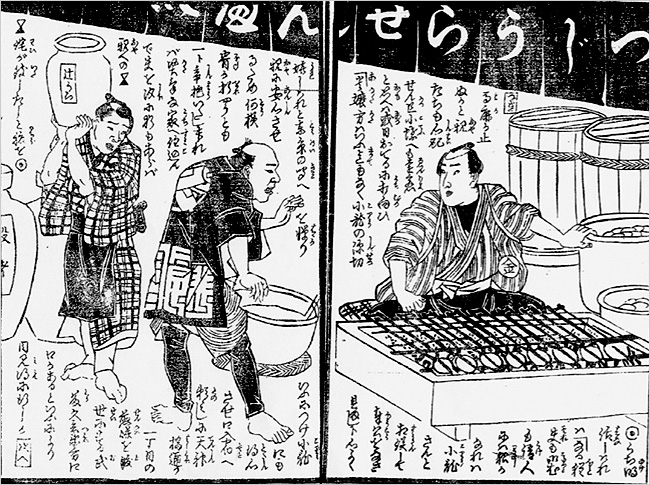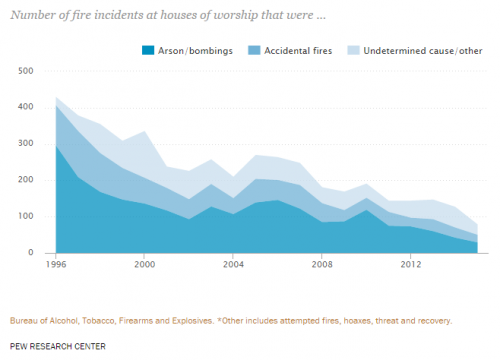Today marks ten years to the day that Hurricane Katrina flooded the city of New Orleans and devastated the Gulf Coast. These posts are from our archives:
Was Hurricane Katrina a “Natural” Disaster?
- Profits Over People: The Human Cause of the Katrina Disaster
- Who Didn’t Evacuate? A Picture of Those Left Behind
Racism and Neglect
- White racial violence in the crisis of Katrina
- Hurricane Katrina and the Demographics of Death
- The Fate of Prisoners During Hurricane Katrina
Disaster and Discourse
Devastation and Rebuilding
- An Uneven Recovery: Rich and Poor 9 Years After the Storm (pictured)
- Voodoo: Before and After Katrina
- Slow Recovery on the Gulf Coast (pre-oil spill)
- Population Recovery in New Orleans
- Rebuilding in the Lower 9th Ward
10 Years Later and Beyond
Lisa Wade, PhD is an Associate Professor at Tulane University. She is the author of American Hookup, a book about college sexual culture; a textbook about gender; and a forthcoming introductory text: Terrible Magnificent Sociology. You can follow her on Twitter and Instagram.








